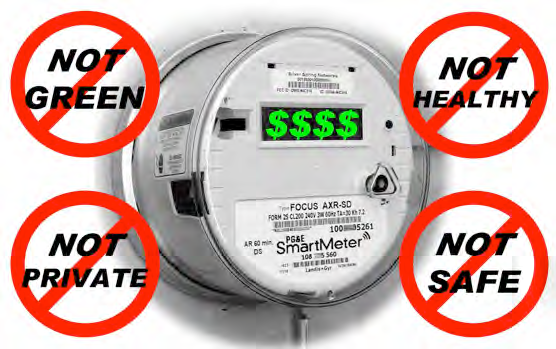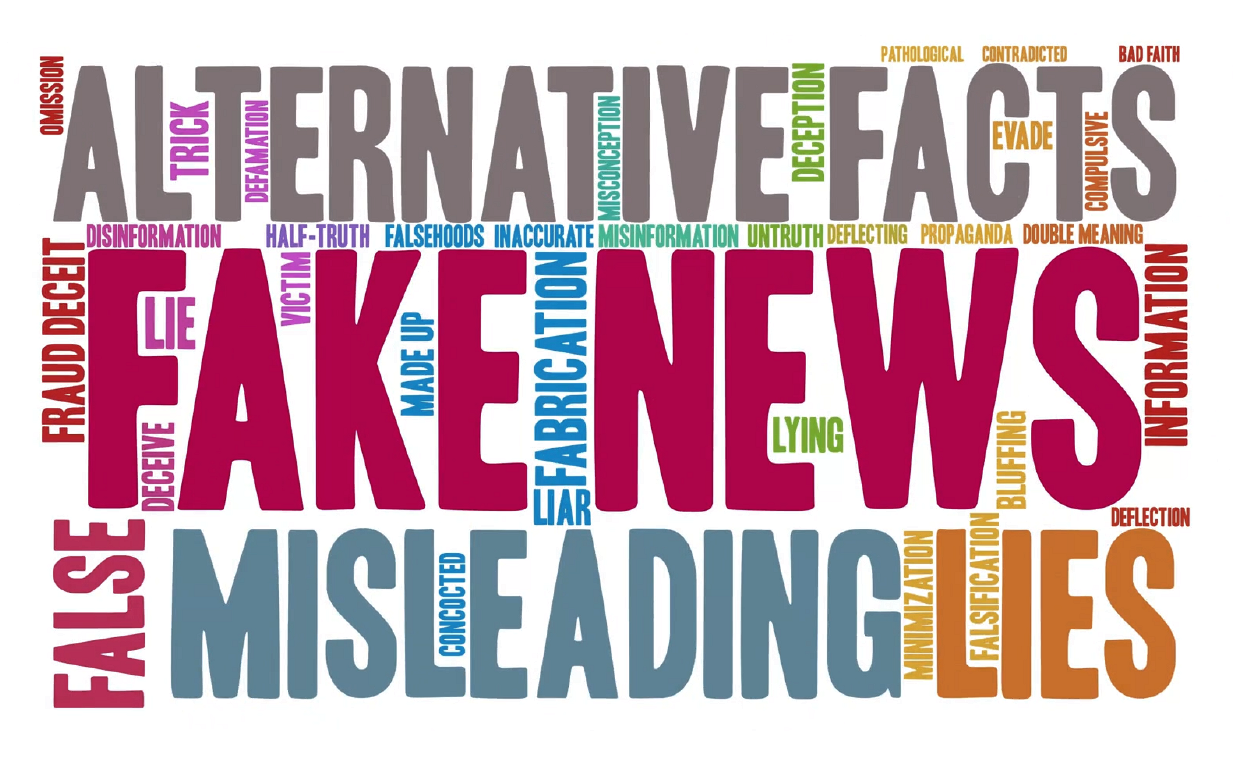
The ACC is tasked with the responsibility to protect AZ ratepayers by weighing the costs and benefits of all state utility requests.
Sedona AZ (May 24, 2015) – The following is a letter to the SedonaEye.com editor:
This is what it’s like to have real utility regulation.
Duke Energy wanted to raise rates in Indiana in order to install $1.9 billion worth of “smart” meters and related paraphernalia. The Indiana Utility Regulatory Commission denied Duke Energy saying:
“In the absence of any sufficient evidence to support Duke’s cost estimates, even for the first-year projects in the T&D Plan, we cannot find that the estimated costs are the best estimate of the costs of the eligible improvements as required by Ind. Code § 8-1-39-10. It is not enough for Duke, or even [engineering consultants] Black & Veatch, to simply assure us that the costs estimates are reasonable or best estimates. Duke must estimate its costs with a sufficient level of accuracy and supply evidence to allow the other parties and the Commission to conduct their own independent analysis of the estimated costs.”
There are some important take-aways here.
Appropriately, “smart” grid costs are being scrutinized before installation. That did not happen in Arizona. Estimates must be based on “sufficient evidence.” That does not happen in Arizona either. For example, APS’s absurd meter reading “cost estimates” was just APS winging some numbers at the Arizona Corporation Commission and hoping some would stick. And they would have, too, had not citizens complained and appealed.
Unlike in Arizona, “other parties” in Indiana are considered important enough that they, in addition to the Regulatory Commission, are entitled to accurate evidence.
Rate increases are always necessary for “smart” grid installation. They have to be because, despite industry hype, the “smart” grid is not a cost savings but a huge, major expenditure. In evaluating the Order issued by the Indiana Utility Regulatory Commission, “smart” grid analyst K.T. Weaver made the following observations:
 From the Order by the Indiana Utility Regulatory Commission:
From the Order by the Indiana Utility Regulatory Commission:The future “benefit” of time-of-use pricing rates would also favor the utility by being able to charge dramatically higher rates during the day. Most consumers are not able to shift meaningful amounts of energy usage to the middle of the night; thus, this future “benefit” is not a benefit at all.
Sources:
Warren Woodward
Sedona AZ

For the best in BREAKING NEWS and views, read SedonaEye.com daily!

